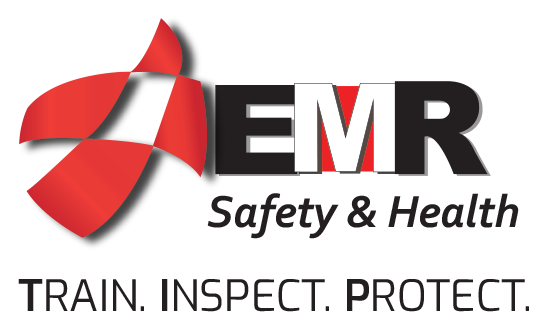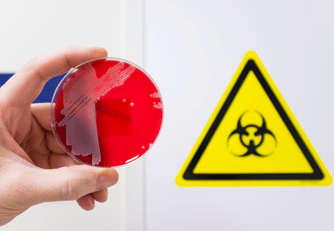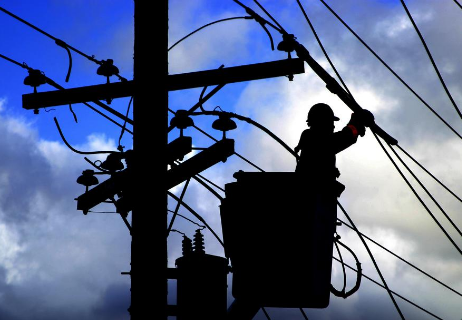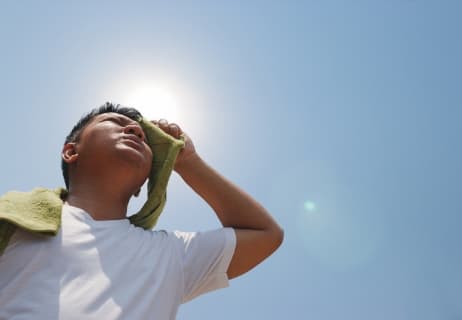A bloodborne pathogen exposure incident is a specific eye, mouth, other mucous membrane, non-intact skin, or parenteral (needle stick or sharp object) contact with blood or other potentially infectious materials (OPIM), as defined in the standard that results from the performance of a worker’s duties.
OSHA’s Bloodborne Pathogens standard (29 CFR 1910.1030) requires employers to make immediate confidential medical evaluation and follow-up available for workers who have an exposure incident, such as a needle stick.
Reporting Exposures Requirements
Exposure incidents should be reported immediately to the employer since they can lead to infection with hepatitis B virus (HBV), hepatitis C virus (HCV), human immunodeficiency virus (HIV), or other bloodborne pathogens.
When a worker reports an exposure incident right away, the report permits the employer to arrange for immediate medical evaluation of the worker. Timely reporting is crucial for immediate intervention to address possible infection. It will also help the worker avoid spreading bloodborne infections to others.
The employer is required to perform timely evaluations of the circumstances surrounding the exposure incident to find ways of preventing such a situation from occurring again. Reporting is also important because part of the follow-up includes identifying the source individual, unless the employer can establish that identification is infeasible or prohibited by state or local law. If the status of the source individual is not known, the employer is required to test the source’s blood as soon as feasible, provided the source individual consents. If the individual does not consent, the employer must establish that legally required consent cannot be obtained. If state or local law allows testing without the source individual’s consent, the employer must test the individual’s blood, if it is available. The results of these tests must be made available to the exposed worker and the worker must be informed of the laws and regulations about disclosing the source’s identity and infectious status.
Medical Evaluation and Follow-up
When a worker experiences an exposure incident the employer must make immediate confidential medical evaluation and follow-up available to the worker. This evaluation and follow-up must be: available at no cost to the worker and at a reasonable time and place; performed by or under the supervision of a licensed physician or other licensed healthcare professional. In addition, laboratory tests must be conducted by an accredited laboratory and also must be at no cost to the worker. A worker who participates in post-exposure evaluation and follow-up may consent to have his or her blood drawn for determination of a baseline infection status, but has the option to withhold consent for HIV testing at that time. In this instance, the employer must ensure that the worker’s blood sample is preserved for at least 90 days in case the worker changes his or her mind about HIV testing.
Post-exposure prophylaxis for HIV, HBV, and HCV, when medically indicated, must be offered to the exposed worker according to the current recommendations of the U.S. Public Health Service. The post-exposure follow-up must include counseling the worker about the possible implications of the exposure and his or her infection status, including the results and interpretation of all tests and how to protect personal contacts. The follow-up must also include evaluation of reported illnesses that may be related to the exposure.
Written Opinion
The employer must obtain and provide the worker with a copy of the evaluating healthcare professional’s written opinion within 15 days of completion of the evaluation. According to OSHA’s standard, the written opinion should only include: whether hepatitis B vaccination was recommended for the exposed worker; whether or not the worker received the vaccination, and that the healthcare provider informed the worker of the results of the evaluation and any medical conditions resulting from exposure to blood or OPIM which require further evaluation or treatment. Any findings other than these are not to be included in the written report.






